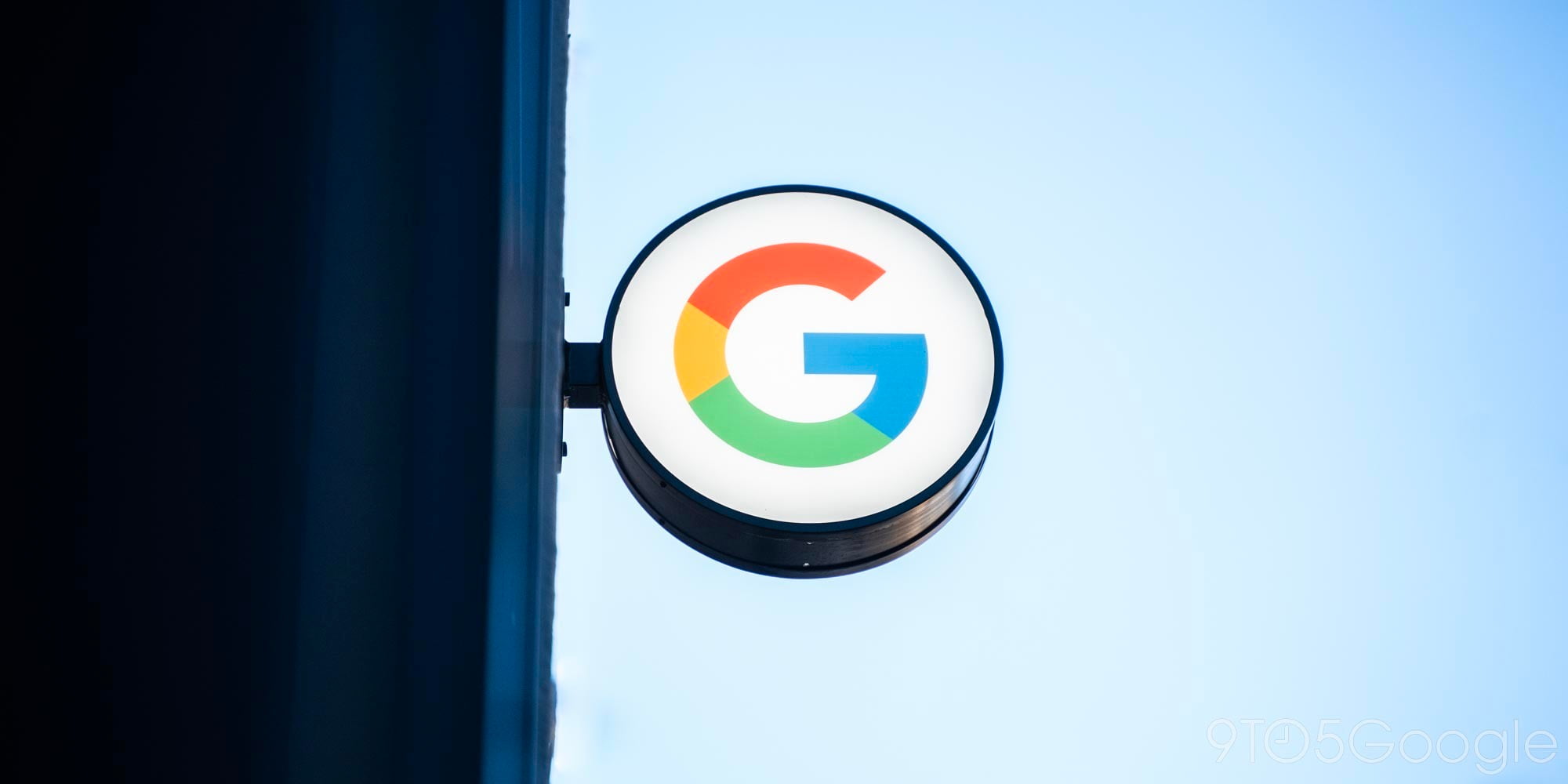
Fortnite for Android finally arrived early last month and in the time since the game has already exploded in popularity. This week, Epic Games is discussing stats on the Android release so far, as well as some of the challenges in bringing the game to Android.
In a blog post, Epic Games has revealed the initial numbers for Fortnite on Android, and it’s pretty impressive. Despite skipping a launch on Google Play, Fortnite has managed to rack up 23 million players who want to play the game, and over 15 million have downloaded the game on their devices. Those are pretty big numbers for less than a month.
In the first 21 days since the Fortnite’s launch on Android, interest has been extremely high, with over 23 million players entering our Android beta and over 15 million players installing our APK. While we are in an invite-only phase for Android, our conversion from players being invited to playing is similar to that of the iOS beta.
Epic further details the challenges of bringing Fortnite to Android in its post, explaining that partners were crucial to the process. Apparently, Samsung worked closely with Epic Games to optimize Fortnite for their devices with Samsung even sending out engineers to assist in the process. Google was also closely involved in the process, as were other partners such as Qualcomm, Razer, HiSilicon, and more.
Google engineers also visited us on-site to profile and optimize Fortnite, helping us to identify key optimizations, a memory leak, and also to work out a solid frame pacing implementation for OpenGL on Android. The Android engineers at Google are very talented and passionate about making the Android ecosystem awesome for gaming and constantly improving it.
In addition, we’ve been able to work with numerous other partners to test and optimize Fortnite including ARM, Qualcomm, Imagination Technologies, Razer, HiSilicon, and many others.
One area discussed in the post is also fragmentation, an issue that has caused trouble for Android developers for quite some time. Epic says that it was “pleasantly surprised” to see that users on devices that are up to two years old and that meet their requirements are performing well with the game. Apparently, 92% of players currently in the beta are running Android Oreo or newer. Epic explains that it built different profiles to allow the game to run on different hardware.
To manage this complexity, we use the hierarchical device profile system in Unreal Engine. We start by creating four performance profiles: Low, Mid, High, and Epic. These profiles adjust scalability settings in the engine to allow the game to run on devices with different performance characteristics. Low pulls in view distances as far as possible and disables all optional graphics features. Epic has everything turned on: shadows, foliage, and the farthest view distance that can run on the latest devices.
On top of this, we have a set of GPU profiles, e.g. Adreno 54x and Mali G72. These GPU profiles choose a performance profile that best fits the hardware’s capabilities as well as allowing us to enable optimizations or workarounds needed for that specific hardware. Finally we have a set of device-specific profiles, e.g. Samsung Galaxy Note 9 Adreno and Google Pixel 2 XL. This final layer of device profiles allow us to enable further workarounds or optimizations on specific devices where needed.
Most interestingly, Epic Games also mentions in this post how it deals with malware. Since the game isn’t distributed through the Play Store, it’s pretty easy for those with malicious intentions to direct interested players to download something that isn’t the official version of the game.
To help prevent that, Epic Games says that it is making an effort to take down sites that claim to offer Fortnite downloads, considering all distributions outside of the Fortnite Installer to be unauthorized. To date, Epic has taken down 47 of these sites and has a dedicated internal team which is tasked with policing these sites.
We proactively search for new malware sites as they pop up with an internal team dedicated to this task. In addition, we have also hired a third party IP and anti-fraud enforcement agency to expand our policing efforts. This partnership allows us to detect and monitor new domains that are registered with suspicious URLs so that if they evolve into malicious sites, Epic can take appropriate action up to and including litigation.
You can head over to Epic Game’s site to read the full post which packs a ton of extra technical details on how Fortnite’s release on Android came to be.
More on Fortnite:
- Fortnite v5.40 for Android adds voice chat, wider device support, ‘High Stakes’ event
- Google-found security flaw quickly proves why Fortnite should be on the Play Store
- Fortnite for Android reminds users to block installations from unknown sources after install
- The best Android smartphones you can buy for Fortnite [August 2018]
Check out 9to5Google on YouTube for more news:
FTC: We use income earning auto affiliate links. More.



Comments